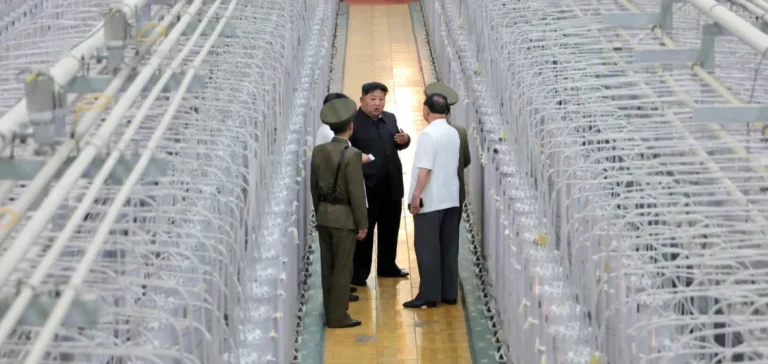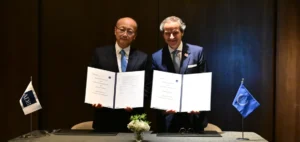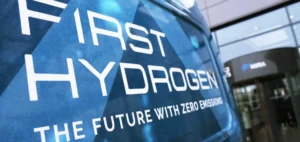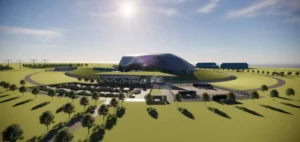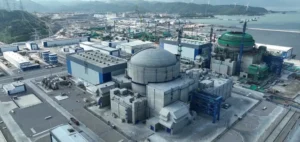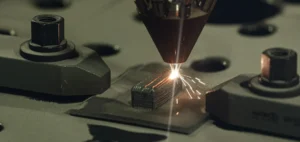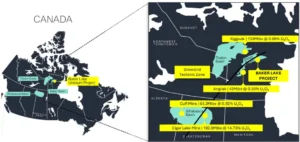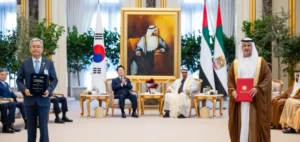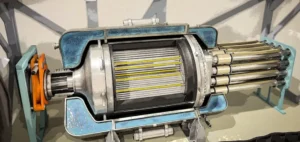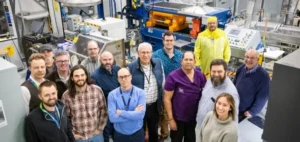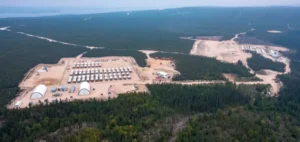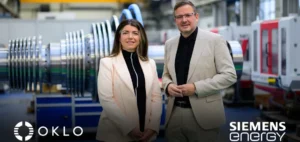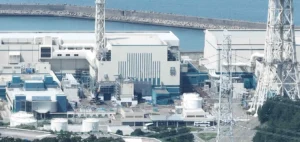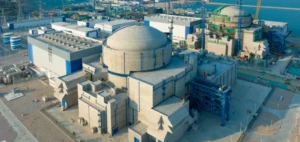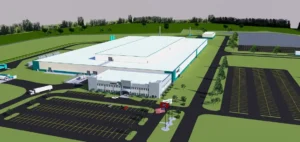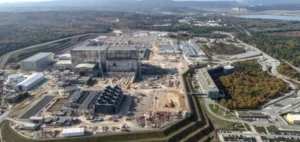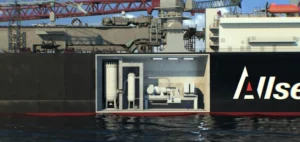South Korea has stated that North Korea possesses approximately 2,000 kilograms of uranium enriched to over 90%, an amount sufficient for the production of dozens of nuclear weapons. This assessment is based on analysis from the Federation of American Scientists (FAS), cited by South Korean Minister of Unification Chung Dong-young. He noted that this uranium meets the threshold of “weapons-grade” enrichment, used exclusively in the development of atomic warheads.
The International Atomic Energy Agency (IAEA) defines that around 42 kilograms of highly enriched uranium are required to produce a single nuclear weapon. The North’s estimated stockpile could theoretically allow the production of nearly 50 bombs, according to the organisation’s technical standards. By comparison, prior to its war with Israel in June, Iran reportedly held around 400 kilograms of uranium enriched to 60%, according to government sources.
North Korean centrifuges active at four locations
The South Korean minister added that uranium enrichment centrifuges are currently operating at four distinct sites in North Korea. One of these is located at the Yongbyon nuclear complex, which was presented as dismantled in 2018, but according to South Korea’s intelligence agency, was reactivated in 2021. Pyongyang has never publicly disclosed the exact capacities of its nuclear facilities.
Since North Korea’s first nuclear test in 2006, the country has been under United Nations sanctions targeting its nuclear programme. Despite this, current data indicate ongoing progress in the country’s fissile material production—both in terms of volume and speed of potential warhead assembly.
Diplomatic shift between the two Koreas
South Korean President Lee Jae-myung, who took office in June, has stated his intention to move away from open hostility towards Pyongyang, marking a shift from the policy of his predecessor Yoon Suk Yeol. In a United Nations address, he said he aims to break the “vicious cycle” of military tensions on the peninsula while pledging not to pursue regime change in the North.
North Korean leader Kim Jong Un has signalled a willingness to engage in bilateral talks with the United States, provided that his nuclear arsenal remains untouched. This position complicates any immediate prospects for full denuclearisation. Seoul nonetheless considers renewed dialogue urgent, as sanctions and diplomatic isolation have not halted the expansion of North Korea’s nuclear programme.


